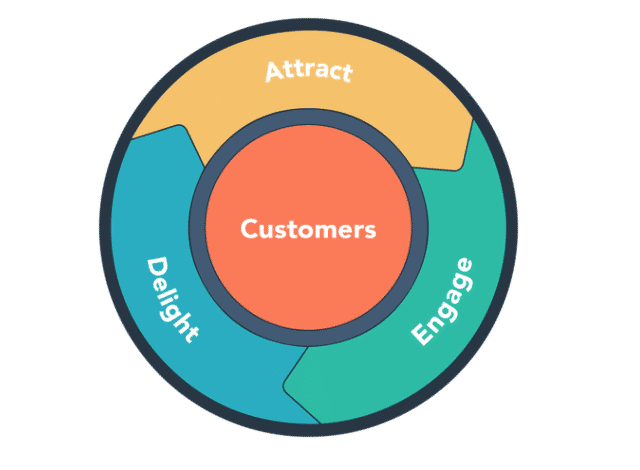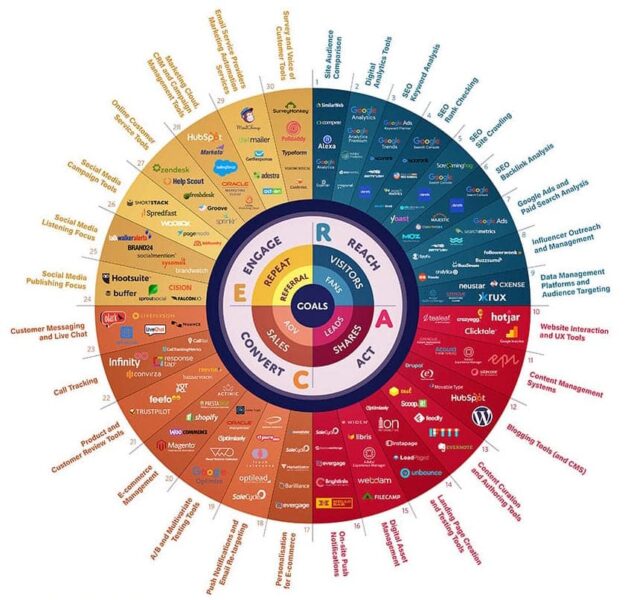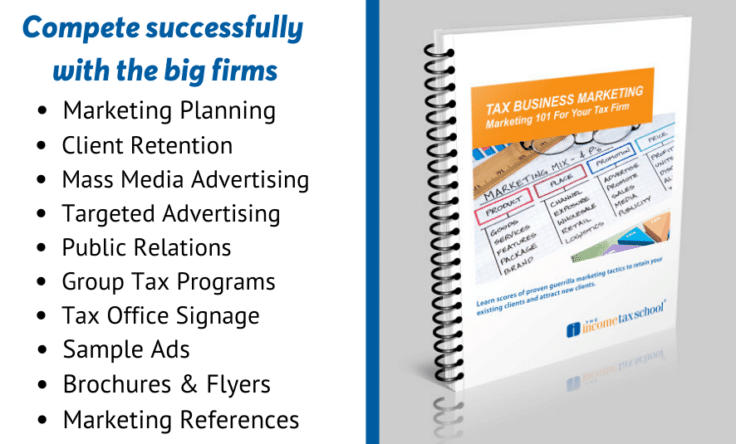
If you haven’t already started developing your marketing plan for 2020, now’s the time! Another tax season is almost upon us and just like last year, you’re going to have a lot of confused taxpayers on your hands with big competition from online tax software companies. What can you do differently this year to get more people through your doors? Here are some tax marketing strategies to try in the new year.
Segment your email list
Consumers have come to expect personalization. They expect quick and easy customer service, and marketing emails and campaigns tailored to their needs. That means digging through a long email newsletter to find information that is relevant to them is not ideal. An email that appeals specifically to them, however, is more likely to get their attention. This is where email segmenting comes in.
Segmenting simply dividing your email list into categories based on customer behaviors or interests. For the tax industry that can be as simple as business vs. individual clients. Depending on how much content you have to work with, you could dive deeper. The key is to make customers feel they are being treated as individuals and to deliver content that is relivent to their needs.
Diversify your content
Have you been pushing out the same boring articles year after year? Here’s the thing. If they haven’t gained traction at this point, they never will. It’s time to shake it up and try new things. It may be 2020, but content is still king. It’s the coal that makes your marketing strategy roll. Try mixing it up this year with interactive content like Facebook or YouTube live, more videos, animated GIFs, new blog topics, or even quizzes. Don’t lose sight of your regular blogging efforts but add some new things to the mix like guest posting on other sites or LinkedIn Pulse posts on your personal LinkedIn account.
The Flywheel over the Funnel
Word of mouth, referrals, and influencer marketing is still going strong and is more effective than ever believe it or not. So let’s ditch the digital marketing tactics of old, throw out that funnel, and find better strategies for nurturing clients who will bring in new business. Hubspot recommends the Flywheel over the funnel. Funnels lose their momentum at the bottom. Fly wheels use that momentum to keep spinning. Keep driving people to you, but rather than just moving them through a funnel where they’ll drop off and be forgotten, focus on customer health so that they refer you to friends and colleagues.

Evaluate your MarTech
MarTech is short for Marketing Technology. If you want to compete in today’s world of social media and digital marketing, you’ve got to have tools that help you engage, reach, act, and convert customers. What does your marketing technology stack look like? Is it missing any of these essential pieces?

Update your website
When was the last time you updated your website? Or even checked in its performance? Is it mobile friendly? How quickly does it load? How’s the user experience? Is the copy compelling? Give your website a good look for clarity, consistency, and ease of use. Websites are not a “set it and forget it” technology (no technology is, actually). They need to be updated from time to time. Read through the copy, ask others how their experience is using it. Can people find the information they need? Are the calls to actions compelling?
Optimize for SEO
When was the last time you optimized your website for SEO? Search engine optimization helps customers find you online. If you’re better at it than your competitors, you end up at the top of the search results and are more likely to earn the business. There are some quick things you can do to boost your SEO right away, but other, more technical tasks that may need doing as well. Having a blog increases your chances of ranking higher in search engine results by 434 percent! You can also make sure you have key words and phrases on all of your website’s pages, ensure there are keywords in the alt tags of all of your images, and include internal links throughout your website. SEMrush is a free service you can use to help identify opportunities.
Use Google My Business
2019 was the year we officially said goodbye to Google+ (and that’s ok). But that doesn’t mean Google’s other offerings are not worth the effort. Google has been putting a lot of effort into Google My Business, a service that helps businesses optimize their search rankings on the platform. There are lots of features that help you build a robust profile to include posts, images, customer communication and insights. Read more about Google My Business here.
Offer a Support Chatbot
Have you ever been on a website where you were immediately greeted with a friendly face in a chat window asking if you need assistance? That’s a chat bot. They have become very accessible over the years and are a great way to offer quick answers and support to visitors who are looking for information. Chat bots save time and help users get the information they need fast. 67% of consumers worldwide used a chatbot for customer support in the past year.
Are these marketing tactics or approaches on your 2020 marketing plan? Don’t have a 2020 marketing plan yet? Don’t panic. The Income Tax School is here to help. Did you know that we have a Tax Business Marketing Manual that lays out everything you need to market your tax business? Your investment in this manual would be less then the revenue realized from one new tax return! What other marketing expenditure could beat that ROI?Learn more here.

